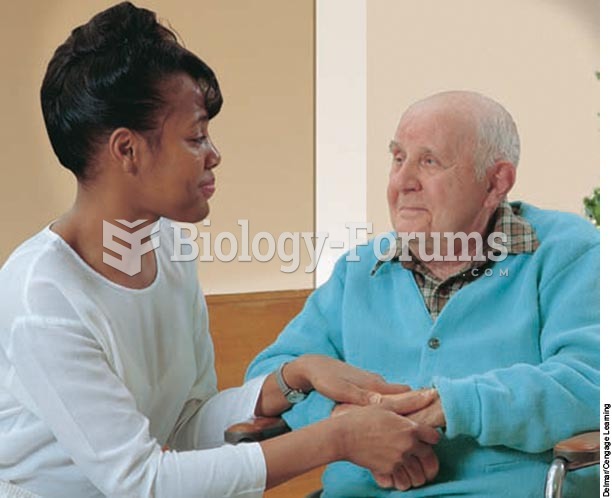This topic contains a solution. Click here to go to the answer
|
|
|
Did you know?
There are major differences in the metabolism of morphine and the illegal drug heroin. Morphine mostly produces its CNS effects through m-receptors, and at k- and d-receptors. Heroin has a slight affinity for opiate receptors. Most of its actions are due to metabolism to active metabolites (6-acetylmorphine, morphine, and morphine-6-glucuronide).
Did you know?
Parkinson's disease is both chronic and progressive. This means that it persists over a long period of time and that its symptoms grow worse over time.
Did you know?
The human body produces and destroys 15 million blood cells every second.
Did you know?
The average adult has about 21 square feet of skin.
Did you know?
Cytomegalovirus affects nearly the same amount of newborns every year as Down syndrome.







